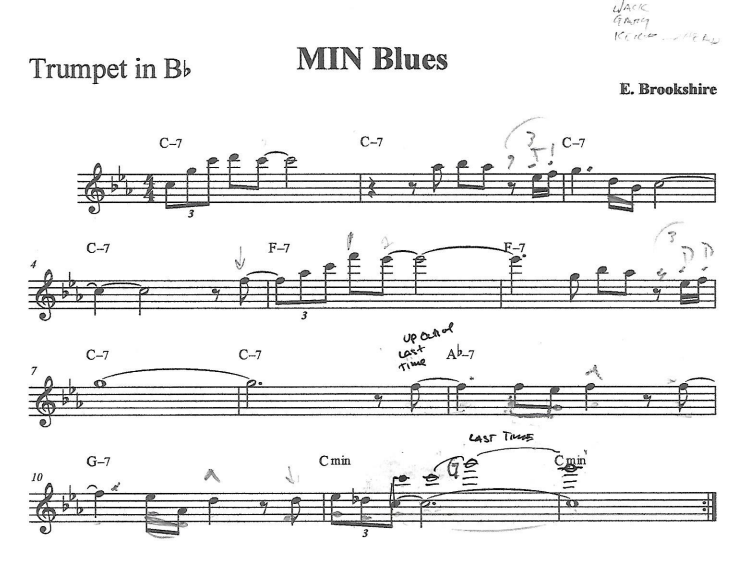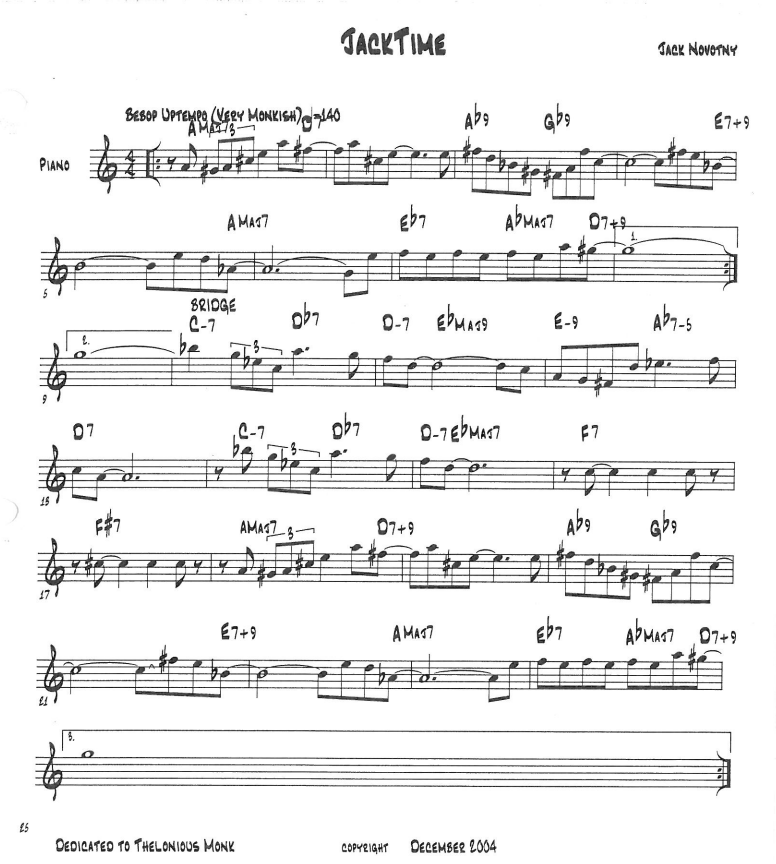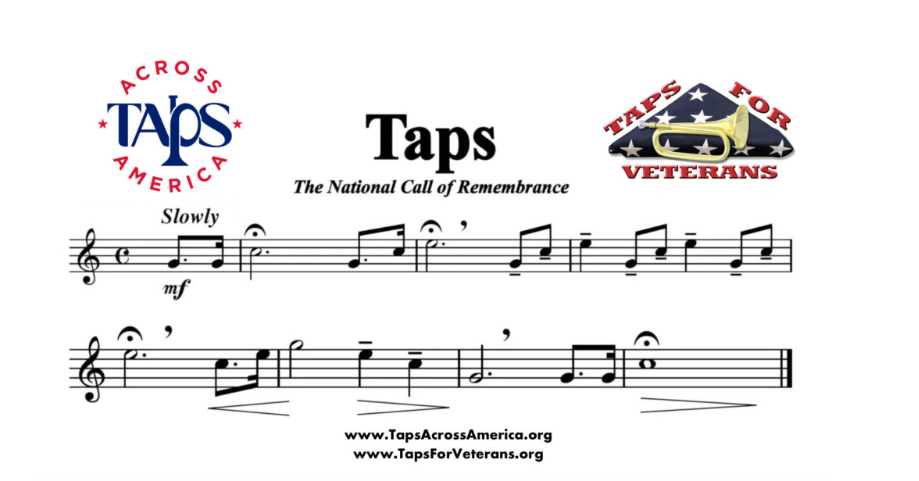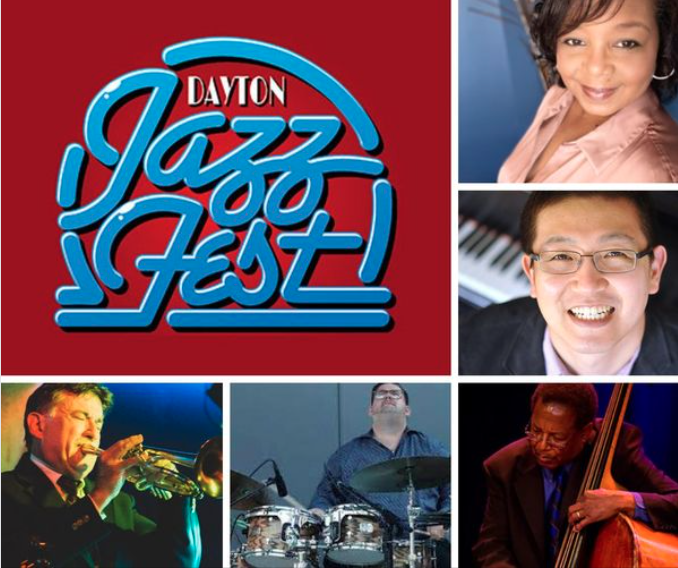I rectum the sound flows freely, and the finish I am sure is flushed.
Then to clean it with paper on a role, and then finish it off with a bristle brush.
When playing on any head, those emissions lengthen and grow,
As the ear hears wafting, swirling, as it circles into the void below.
On TM I was gmonady, on here I'm Dr GO, but when it comes to commenting on Ducolax, either way I'm in the know.





